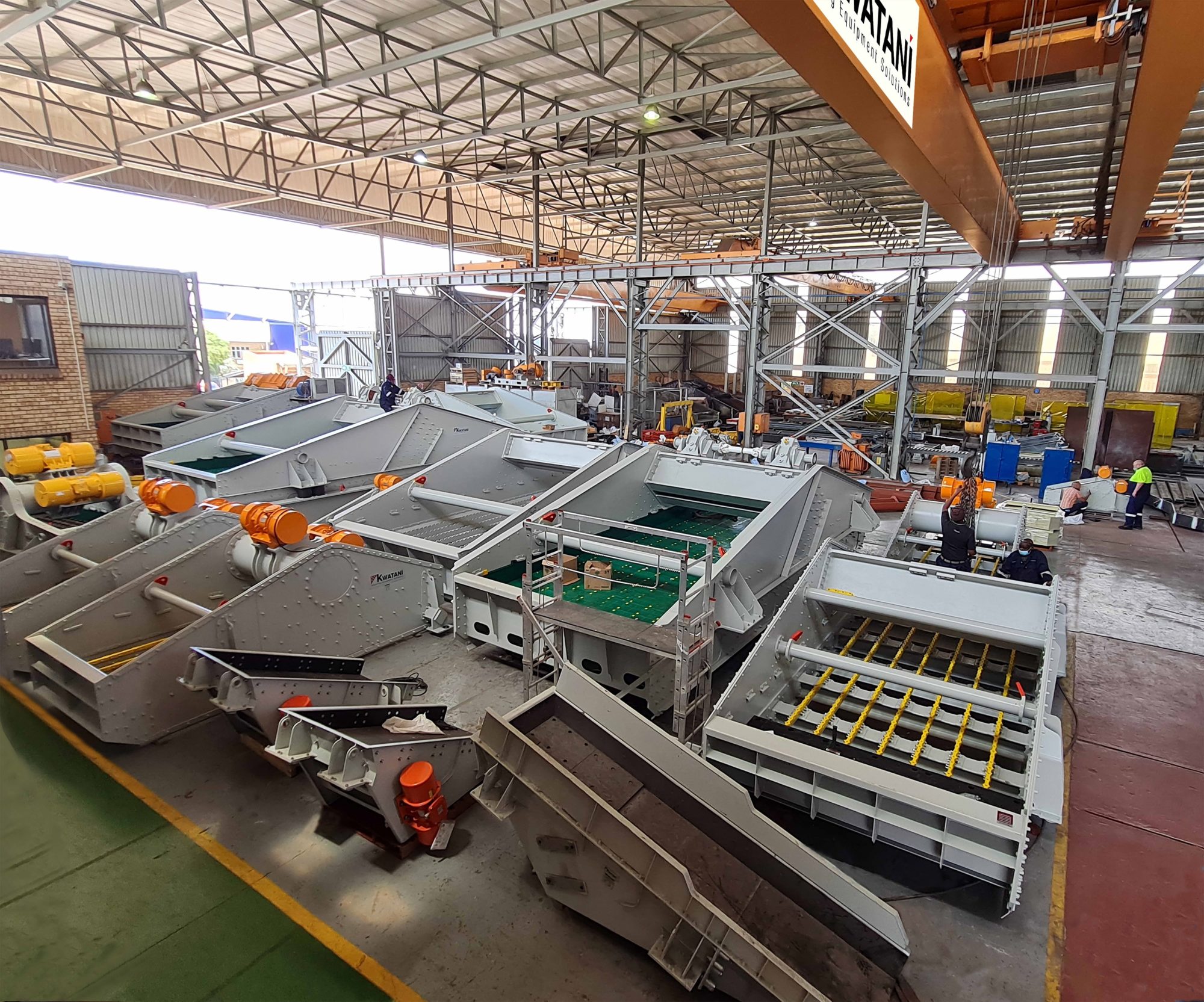Close monitoring is the basis for keeping vibrating screens productive and achieving the lowest cost of ownership, according to Kenny Mayhew-Ridgers, Chief Operating Officer of South Africa-based vibrating screen specialist Kwatani.
Moving from paper systems to digital solutions is a vital step towards this goal, he added.
“Where machine data recording – combined with periodic inspections and regular maintenance – can be captured in the digital sphere, you can generate a complete picture of the equipment’s lifecycle,” Mayhew-Ridgers says. “Real-time data monitoring is a game changer for screen reliability and performance.”
Wherever there are operational deviations from the prescribed norm, sensor-generated data can quickly alert the right people on the mine – giving them the ability to react timeously, he says. Importantly, this technology also allows patterns to be detected in the relationship between component life and throughput.
“By analysing these patterns, the mine can make well-informed decisions about its maintenance strategies, being aware of the optimal conditions for its equipment duty,” Mayhew-Ridgers says. “It also gives us, as original equipment manufacturers, the opportunity to compare machine performance in detail across different customer sites – so that we can adapt and advise accordingly.”
Where Kwatani sees one customer getting longer life from their exciters, for instance, the relevant data is easily available to make comparisons and identify distinguishing factors. He explains that Kwatani can monitor its vibrating screens using industrial sensors and measurement technology which is readily available and supported worldwide. In other words, it is not so specialised that it becomes unaffordable; neither is it so complicated that customers cannot maintain it themselves, the company says.
“What is key to the successful application of digital technology is that the raw data that we process must be analysed to become useful for decision making and planning,” Mayhew-Ridgers says. “This means streaming it seamlessly to databases, and allowing our customers to visualise the information effectively.”
To do this, Kwatani partners with system integrators and works closely with its mining customers so that the end users get the most out of the information without spending time and money to process the raw data themselves.
This digital monitoring can also help to overcome a common challenge in many mining operations: working in silos. Paper systems do not easily lend themselves to sharing of data across different aspects of the operation. This, in turn, makes it difficult to improve equipment performance on a holistic basis. The availability of various streams of data on a single platform enhances transparency between service technicians, foreman, engineers and the OEM of equipment on site.
“This of course requires that we integrate our systems with our customers’ existing infrastructure, which is an important focus for us,” Mayhew-Ridgers says. “Whether greenfields or brownfields project, it is important that information be compatible and seamlessly shared.”
He highlights that the data generated is valuable not only for reflecting a machine’s current status, but because it can store an entire life cycle history. Digital systems can keep track of the equipment’s inspections, maintenance and operational performance over its lifespan.
“The insights gained from this can lead to improvements in the design, or in the way that it is operated,” Mayhew-Ridgers says. “This can result in better efficiencies, improved production or other benefits.”
In 2021, Sandvik Group acquired Kwatani with its more than 45 year legacy as an OEM, and its South African manufacturing facilities are set to become the global engineering and manufacturing base for vibrating screens and feeders for both local and international customers.
The company is a Level 2 B-BBEE organisation. The Kwatani brand will continue to be used across Africa while products sold internationally will be sold through the Sandvik sales channels under the Kwatani product name.











